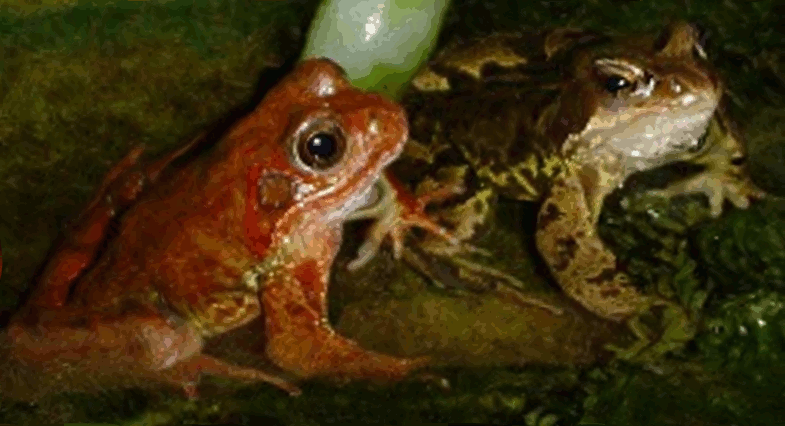I was following the path of a low, gurgling Worcestershire river one day during the Summer. All along its edge there were daisies happily bobbing and dancing in the breeze. It was a lovely sight. The wind tousled my hair and flicked at my dress, as I walked along the bank. Then I came across one little daisy plant that had been disturbed. It was looking decidedly limp. The soil was rubbed up like pastry crumbs and the roots were exposed. I decided to hold the plant and gently pull – if the plant came up easily then I would re-plant it at home but if it offered resistance then I would firm around it in the hope that it would survive. It hadn’t rained in quite a while so it’s survival would depend on an odd shower or two to water the roots. It came up quite easily so I wrapped it in a bit of polythene and placed it in the boot of the car …
It survived quite well in my garden and now is a small and handsome plant.
Mexican Daisy or Fleabane was first introduced into Britain around 1830 and added to gardens as a border plant. As the name suggests it was discovered in Mexico and shipped overseas. It then became a ‘garden escape’ and coped well with the British weather and now can be found growing wild. It is easily recognisable as buds and young flowers are deep pink, gradually changing and becoming snow white in the fully opened, older flower. Each flower daintily adorns a slender, fine, long stem which has a tendency to wave about in light breezes.
Mexican daisy - Fleabane
















































5 comments:
My goodness with that wonderful description you made me want to run right out and plant some!!
Smashing Polly! Happy Week!
Jackie
What a pretty little daisy. I like the way you decided wether or not to take it home with you.
That looks like what we would call a "seaside daisy"! Pretty and very hardy, and an excellent ground cover.
They are very nice. My wife loves the Daisy.
I love pictures of your flowers, cat, pond, wildlife-well everything!
Post a Comment